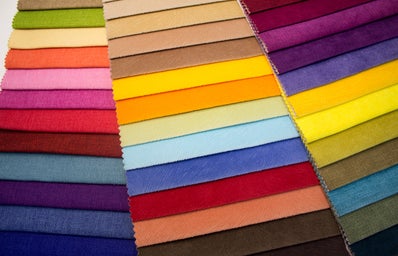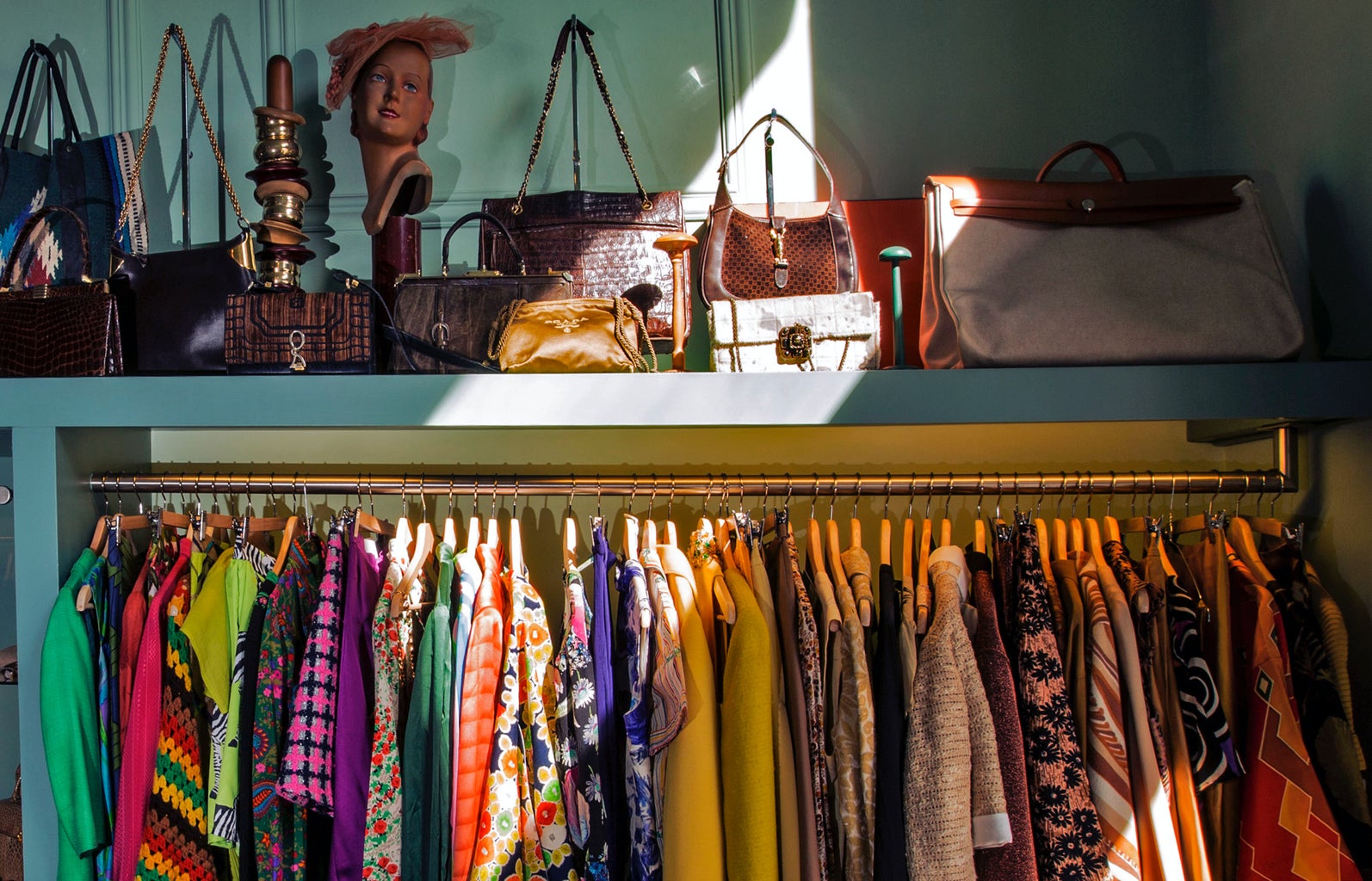Ever wonder what colors look best on you? Maybe you’ve googled personal color analysis services and gawked at the price tag? No matter what led you to click on this article, you’re in the right place to figure out how to DIY a personal color analysis. Let’s get right into this “how-to” tutorial!
- What is Personal Color Analysis?
-
Personal color analysis is a method for figuring out what colors are best suited for an individual’s clothing and makeup. It aims to find out which colors work best with their natural palette – their eye color, hair color and skin tone. By comparing multiple variations of colors, typically through the use of fabric sheets draped along the shoulders (framing the face), it’s easy to see visually flattering and unflattering colors. Certain colors will drain and mute you, presenting a more ill appearance, while others will promote a “glow” and imply good health.
It’s all an optical illusion, but color theory is more important than you might think. For example, I love the color green and have a lot of deep green colors in my wardrobe, but it does not suit me whatsoever because I have fair olive skin. Green apparel visually draws out my green undertones and makes me appear like I am visibly nauseous – which sucks, but it can be useful if I ever want to fake sickness to get out of something.
- Research
-
If you want to understand the details that go into personal color analysis, research is necessary! You can always skip this step and go straight to experimentation, but research provides the “why” answers for colors that do or don’t suit you, and can help simplify your analysis results by determining a category you fall into (such as seasonal colors).
Look up details of your skin tone and what they mean, take a dive into color theories and the color wheel, or even look at the color analysis of a celebrity that you think has similar color features to you for reference!
It doesn’t have to stop at just finding information online. There are also quizzes that will give you tentative personal color analysis information based on your answers. Although online quizzes tend to not be accurate, your results can help guide your experimentation! I’ve provided a few resources and online quizzes below to help you get started.
Resources: https://www.healthline.com/health/beauty-skin-care/skin-undertones , https://aces.nmsu.edu/pubs/_c/C315/welcome.html ,https://www.schwarzkopf.ca/en/haircolour/colorconsultation/color-type.html, https://mystylebox.ca/pages/12-season-colour-analysis, https://colorenalysis.com/
- Experimentation
-
Research might not always provide accurate results, so experimentation is a must! Compare different shades and colors to see what effects they have on your complexion from your own wardrobe and other fabrics in your house (towels, blankets, etc).
A great way to experiment and see what looks best is to do draping; take each individual colored fabric you collect and drape it along your shoulders a bit so it covers your upper body and frames your face. Then, take pictures of yourself with each draping in indirect, neutral lighting for most accurate results (in front of a window on a cloudy day is perfect for this). It’s important that the photos are as similar as possible so the different appearances of each color on you are easily distinguishable.
Another step that isn’t necessary but shows the bigger picture of your draping is to put the photos into collages – you can do one big collage, or categorize them by color, similar shades, or by going off of seasonal palettes you may find in your research!
- Getting a Second Opinion
-
After you think you have a tentative list of colors that do and don’t suit you, get a second opinion! Ask a friend, family member, or anyone you think would be up to the task of whether they think you did your color analysis correctly. Go shopping with them and try clothing in the personal colors you determined, wear your colors when you go to hang out, or simply invite them to experiment with you!
Getting a second opinion doesn’t mean just asking one person – a great way to gauge whether a color suits you is to wear it around lots of people and see if anyone compliments it. This is especially useful if some of the colors you found are vibrant and/or colors you rarely or have never worn before. There will always be someone that notices something out of the ordinary, which will draw attention to your overall complexion!
If you aren’t sure you’ll get comments organically by simply wearing the color, don’t be afraid to ask those around you. If you are more timid, it can be disguised as seeking fashion advice, wanting to expand your wardrobe, or anything you can think of that would make the opinion-seeking appear more natural.
- What You Can Do With Your Colors
-
Anything and everything you want to do with them! You can use them as a reference for dying your hair, nail polish choices, clothing coordination, the list goes on. It’s up to you to decide how or if you want to keep these colors in mind while dealing with things related to personal color.
Before I go, just a quick disclaimer – these colors are simply meant to help as a guide for what colors look most harmonious with you. It does not dictate the colors you use whatsoever. With that, farewell and good luck on your personal color DIY journey!





